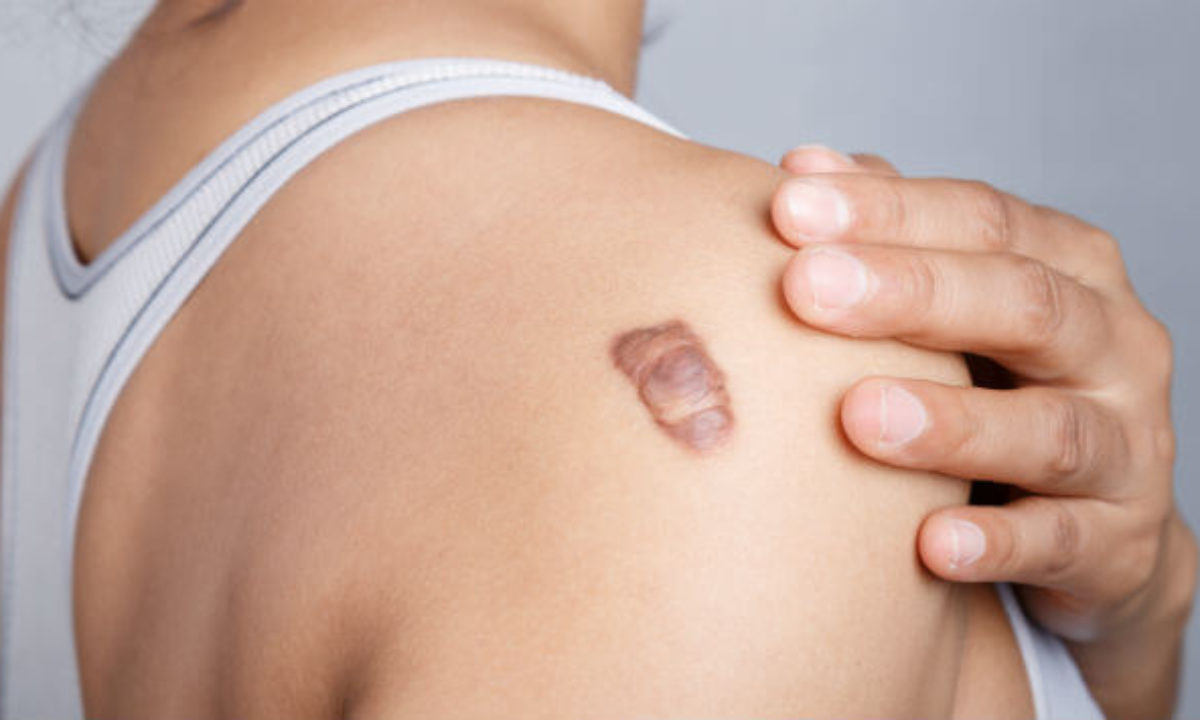Most of us expect scars to fade over time, becoming less noticeable as our skin heals. But in some cases, scars can grow larger and more raised than the original injury, creating what’s known as a keloid. These scars are harmless to overall health, but they can be frustrating, uncomfortable, and emotionally difficult to deal with. Understanding keloids and the options for treatment can help people take control of this condition and feel more confident in their skin.
What Are Keloids?
A keloid is a type of scar that results when the body produces too much collagen during the healing process. Instead of a flat or faint scar, the skin forms a thick, raised, and sometimes shiny patch that extends beyond the original wound. Unlike regular scars, keloids don’t shrink with time. In fact, they may continue to grow months or even years after the skin injury has healed.
If you’d like a detailed medical explanation, this resource on what-is-a-keloid provides deeper insights.
Why Do Some People Get Keloids?
Not everyone develops keloids, but certain factors make them more likely:
- Family history: If close relatives have keloids, there’s a higher chance you may get them.
- Skin tone: People with darker skin are more prone to keloids compared to those with lighter skin.
- Age: They tend to appear most often between the teenage years and early adulthood.
- Location of the injury: Areas like the shoulders, chest, jawline, and earlobes are common spots.
Even something as small as an ear piercing or a pimple scar can sometimes result in keloid formation.
What Do Keloids Look and Feel Like?
Keloids are usually easy to identify because of their distinctive appearance. They often appear as:
- Firm, raised scars that extend beyond the original wound
- Shiny, rubbery patches of skin
- Discolored tissue, ranging from pink and red to darker than the surrounding skin
- Areas that itch, feel tender, or occasionally cause pain
While they aren’t medically dangerous, their visibility and discomfort can affect a person’s quality of life.
Treatment Options
Although keloids can be persistent, there are several treatments available that may reduce their size and appearance. Results vary from person to person, but the following methods are commonly recommended:
Corticosteroid Injections
Doctors often inject steroids directly into the scar to reduce swelling and flatten the tissue. Multiple treatments are usually required.
Laser Therapy
Laser treatments can make keloids less noticeable by improving their color and texture. This approach is often used alongside other therapies.
Surgery
Surgically removing a keloid may sound like a solution, but there’s a risk it could come back even larger. For this reason, surgery is usually paired with other treatments such as radiation or steroid injections.
Cryotherapy
This method uses liquid nitrogen to freeze the keloid, which can help shrink it over time. It’s more effective for smaller scars.
Silicone Gel Sheets
Applying silicone sheets or gels regularly can soften scars and flatten them gradually. This is one of the simplest, non-invasive options.
Radiation Therapy
In more severe cases, low doses of radiation after surgery may help prevent the keloid from growing back.
Can Keloids Be Prevented?
Prevention plays a big role, especially for people who already know they are prone to keloids. A few practical tips include:
- Avoid unnecessary piercings or tattoos.
- Take extra care with wound healing to reduce scarring.
- Use silicone sheets or gels early after an injury or surgery.
- Talk to a dermatologist about preventive strategies if you’ve had keloids before.
Living With Keloids
For many people, keloids are more than just a skin condition—they can impact confidence and self-image. Someone with a noticeable keloid on their face, neck, or chest may feel self-conscious in social settings. Seeking treatment is not only about reducing scar size but also about restoring comfort and emotional well-being. Support from medical professionals, along with counseling or cosmetic solutions, can make a significant difference.
Final Thoughts
Keloids are a result of the body’s overactive healing process, creating scars that don’t just fade away. While they may be persistent, a wide range of treatments and preventive measures can help manage them. Whether through medical intervention, self-care, or lifestyle adjustments, people living with keloids can find effective ways to reduce their impact and improve their confidence.

